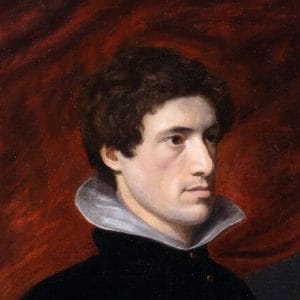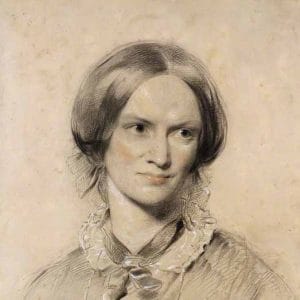
Virginia Woolf
Virginia Woolf
别名: Adeline Virginia Stephen (née) 出生: 25/01/1882 逝世: 28/03/1941 性别: Female 职业: Novelist, Essayist and PublisherVirginia Woolf is recognised as one of the most innovative writers of the 20th century. Perhaps best known as the author of Mrs Dalloway (1925) and To the Lighthouse (1927), she was also a prolific writer of essays, diaries, letters and biographies. Influenced by seminal writers and artists of the period such as Marcel Proust, Igor Stravinsky and the Post-Impressionists, Woolf’s work explores key modernist motifs, including the subconscious, time, the city and the impact of modern warfare. Her ground-breaking ‘stream of consciousness’ technique enabled her to portray the interior lives of her characters and to depict the montage-like nature of perception.
照片来源: Photo by Fine Art Images/Heritage Images/Getty Images相关文章
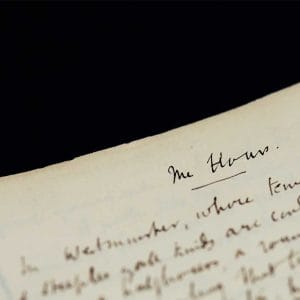
Looking at Virginia Woolf’s Mrs Dalloway
Professor Elaine Showalter explores modernity, consciousness, gender and time in Virginia Woolf’s ground-breaking work, Mrs Dalloway.
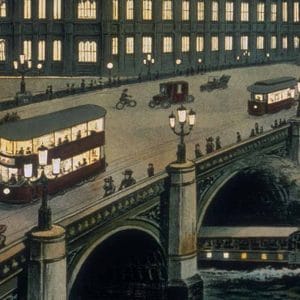
Virginia Woolf’s London
Virginia Woolf loved London, and her novel Mrs Dalloway famously begins with Clarissa Dalloway walking through the city. David Bradshaw investigates how the excitement, beauty and inequalities of London influenced Woolf's writing.
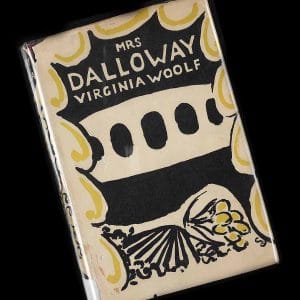
Mrs Dalloway and the First World War
Mrs Dalloway, which takes place on one day in June 1923, shows how the First World War continued to affect those who had lived through it, five years after it ended. David Bradshaw explores the novel's commemoration of the dead and evocations of trauma and mourning.
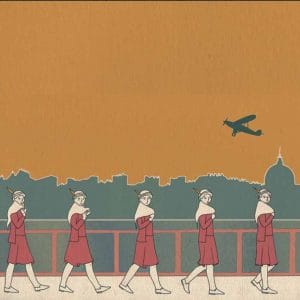
Exploring consciousness and the modern: an introduction to Mrs Dalloway
Elaine Showalter describes how, in Mrs Dalloway, Virginia Woolf uses stream of consciousness to enter the minds of her characters and portray cultural and individual change in the period following the First World War.
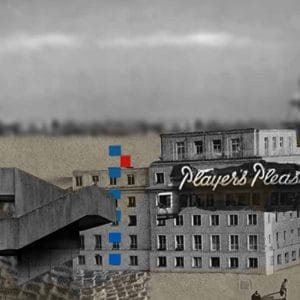
Cities in modernist literature
The alienated modernist self is a product of the big city rather than the countryside or small town. Katherine Mullin describes how an interest in the sensibility associated with the city – often London, but for James Joyce, Dublin – developed from the mid-19th century to the modernist period.
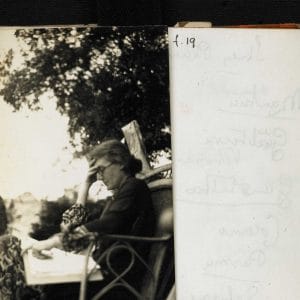
Too much suicide?
Narratives of Virginia Woolf’s life often place great emphasis on her depression and suicide. Lyndall Gordon considers the way this has overshadowed Woolf’s legacy, and clouded her reputation as a seminal novelist, feminist, and politicized intellectual.
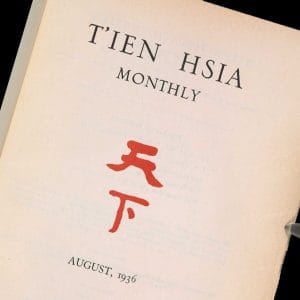
‘Waking the Sleeping Books’: Bloomsbury and the Crescent Moon Group in China
This article discusses the striking parallels between the Bloomsbury Group and the Crescent Moon Group in terms of the historical background, aesthetic stance and relationship between art and politics; the prominent use of the ‘stream of consciousness’ technique is also considered.
